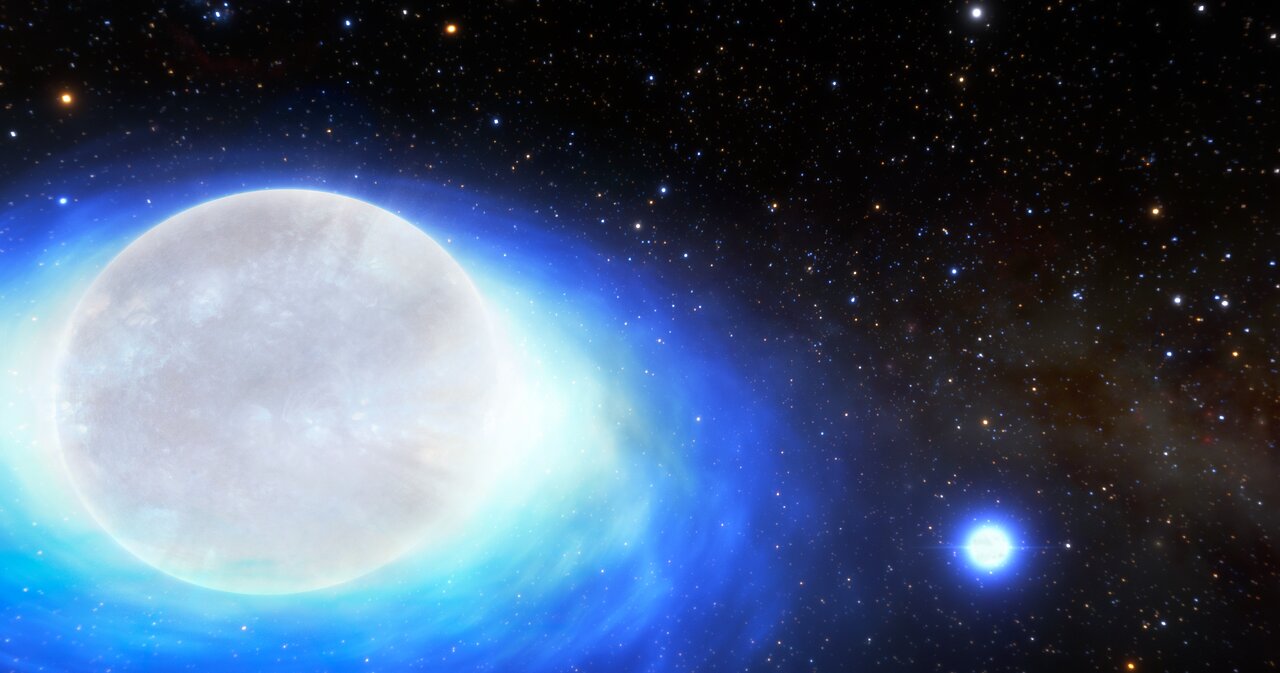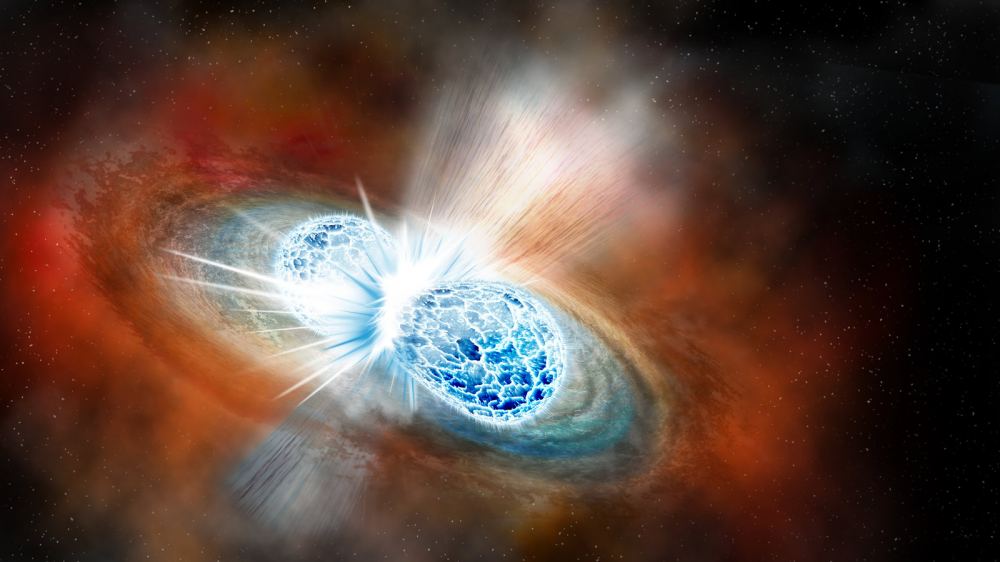Kilonovae are extraordinarily rare. Astronomers think there are only about 10 of them in the Milky Way. But they’re extraordinarily powerful and produce heavy elements like uranium, thorium, and gold.
Usually, astronomers spot them after they’ve merged and emitted powerful gamma-ray bursts (GRBs.) But astronomers using the SMARTS telescope say they’ve spotted a kilonova progenitor for the first time.
Continue reading “This Binary System is Destined to Become a Kilonova”



